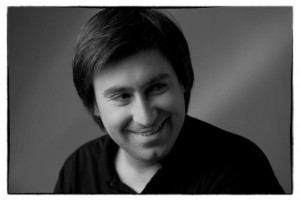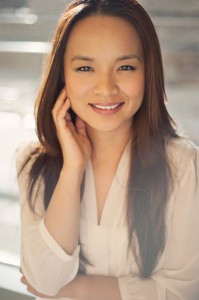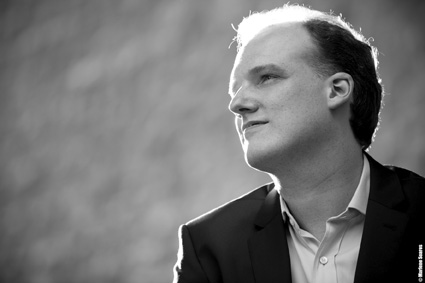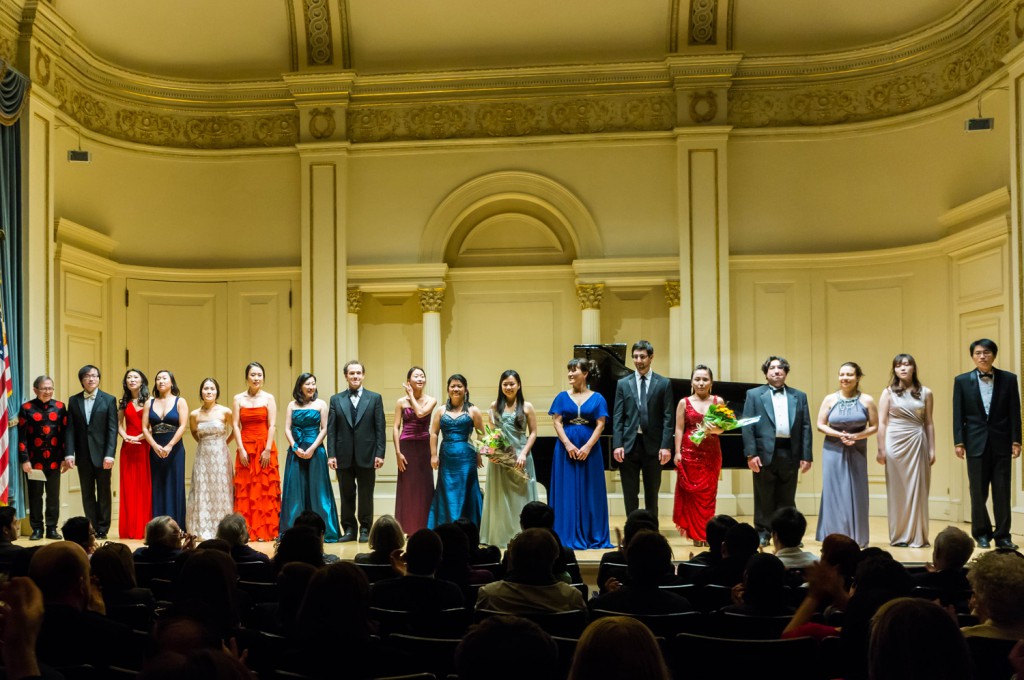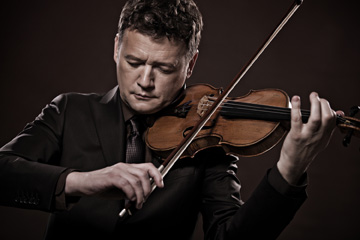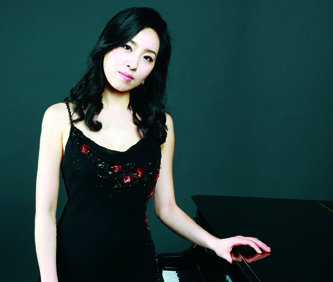To attend one of NYCA’s Evenings of Piano Concerti is to feel part of something quite special, and the concerts are clearly on the upswing if one can judge by full halls. A recent evening was typical in some ways, in its abundance of exciting virtuoso repertoire and passionate soloists (and orchestra), including some at beginnings of their careers plus those farther along in forging worldwide reputations. The more widely known name on this evening’s program was Alessio Bax, scheduled to perform the Piano Concerto, Op. 38 of Samuel Barber – an exciting prospect indeed – though in a last minute decision that was not explained, the Barber was replaced by Rachmaninoff’s Piano Concerto No. 2. This substitution may have had something to do with another change, the replacement of scheduled conductor Matthew Oberstein by guest conductor Miriam Burns, but it’s anyone’s guess. In a way, such changes make for an even more edge-of-the-seat intensity than usual (which is saying a lot), but emotions were certainly running high.
You know it will be a high voltage evening when the “starter” work is Liszt’s E-flat Piano Concerto, often reserved for the final splash. In the hands of Jeanette Aufiero it was full of high drama, setting the tone for an evening of virtuosity. Ms. Aufiero produces warm lyrical lines and an enormous sound for raging octaves and arpeggios, just as this piece requires. It must have been a joy for this NYCA Orchestra’s exuberant brass section to be able to let loose without having to play “tiptoe around the soloist.” It was a performance of contagious energy, ablaze with passion that threw caution to the winds. There are those who deplore this piece as a muscle-flexing vehicle, but even the most diehard Lisztophobes would have found the infectious spirit hard to resist. The program included no soloist biographies, but did list that Ms. Aufiero won the 2012 NYCA Rising Artists Concerto Presentation.
Conductor Miriam Burns was simply amazing throughout in her responses to the work’s quicksilver changes, while drawing empathetic collaboration from the orchestra – especially in view of the short notice! A quadruple-concerto evening is something of a herculean feat – ask any conductor about the extra dimensions and concerns brought in by a soloist, and multiply by four! Maestra Burns nonetheless brought tireless and balletic energy to it all.
The excellent young soloist in the Rachmaninoff First Concerto was Saskia Giorgioni, who sailed through the piece’s technical challenges while bringing genuine tenderness to its yearning phrases. One of the wonderful aspects of these multi-soloist evenings is that they are like multiple debuts, each pianist in the spotlight geared to the highest degree of polish and living each note as if it were the last. Ms. Giorgioni clearly knew each note of this demanding piece inside and out and invested herself in each one. She was able to handle nearly all the ensemble surprises that came her way (an inevitable challenge in this work) and to bend accordingly. At the same time she showed an assured solo presence that should guarantee her similar engagements in the future. She was listed as having also won the 2012 NYCA Rising Artists Concerto Presentation.
If one had to make a suggestion on the format of these evenings, it might be that the number of concerti be reduced to, say, three (depending on length) with perhaps a short orchestra work thrown in. While it is an amazing feast to hear four fine soloists in a row, there is an inevitable disservice done to one or two of them. After two or more “no holds barred” performances, the edge of one’s musical appetite is somewhat dulled, and the ears need a break not quite provided by intermission. Presumably the Beethoven Concerto No. 2 after intermission provided the sonic palate cleanser, but one doesn’t usually like to think of Beethoven as such.
It may have been the intense awareness of what preceded (Liszt and Rachmaninoff) that lent an extra edge to the performance of the Beethoven by Jingyi Zhang. She is an outstanding young player of considerable achievement and polish; somehow, though, for this piece I wanted a slightly more settled classical restraint. Her playing was admirable in its brilliant pearly passagework, but it occasionally seemed to press ahead too restlessly for this listener, approaching breathlessness at times. The bright sound from the hall’s piano and live acoustics also helped bring the piece into the realm of slightly later Romantic works, and one couldn’t help imagining how wonderful this pianist would sound playing Mendelssohn or Grieg here. It seems highly likely that we will hear more from this pianist, so I look forward to hearing her again in a variety of repertoire. Ms. Zhang is listed as Winner of 2012 NYCA’s International Concerto Competition for Pianists.
Alessio Bax, the featured headliner of the evening, is enjoying a burgeoning career helped along by First Prize at the Leeds and the Hamamatsu International Piano Competitions and an Avery Fisher Career Grant. Having never heard him live, I was looking forward to this, as he is widely considered an artist to watch. The experience did not disappoint. While I would have preferred hearing him in the less-frequently performed Barber Concerto, he has much to bring to Rachmaninoff’s Second Piano Concerto, which says a lot given this piece’s enormous popularity. One could argue with some points, including his rather straitlaced interpretation of the second movement’s octave lines – but such decisions are easily justifiable, if not universally embraced. All in all, it was a performance of considerable poetry and brilliance, which one would never guess was “last minute” – except possibly in a few last movement ensemble hiccups. Though his restrained interpretation may have been somewhat undercut by the high decibel levels of the evening’s earlier performances, he emerged as a sincere and individual player with a formidable technique, just as one would expect.
Kudos go to all the performers and to Klara Min, the founder and Artistic Director. These evenings are a gargantuan achievement.

